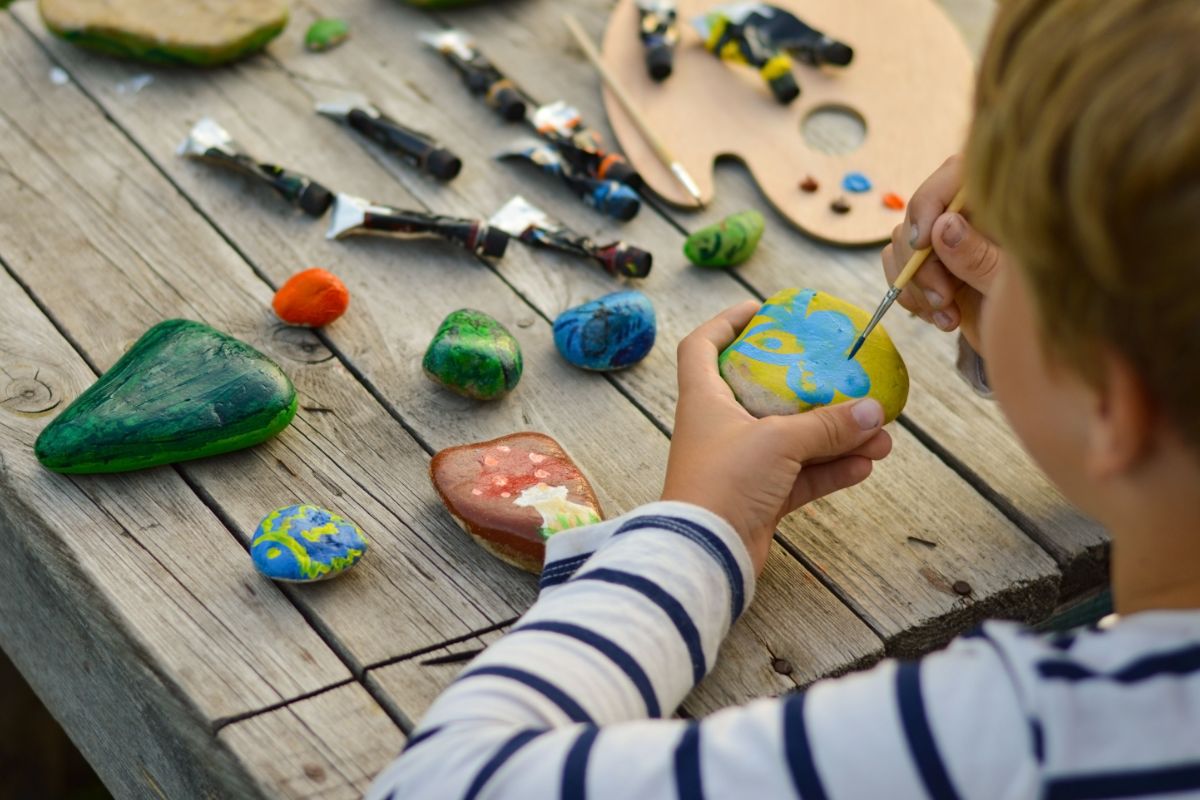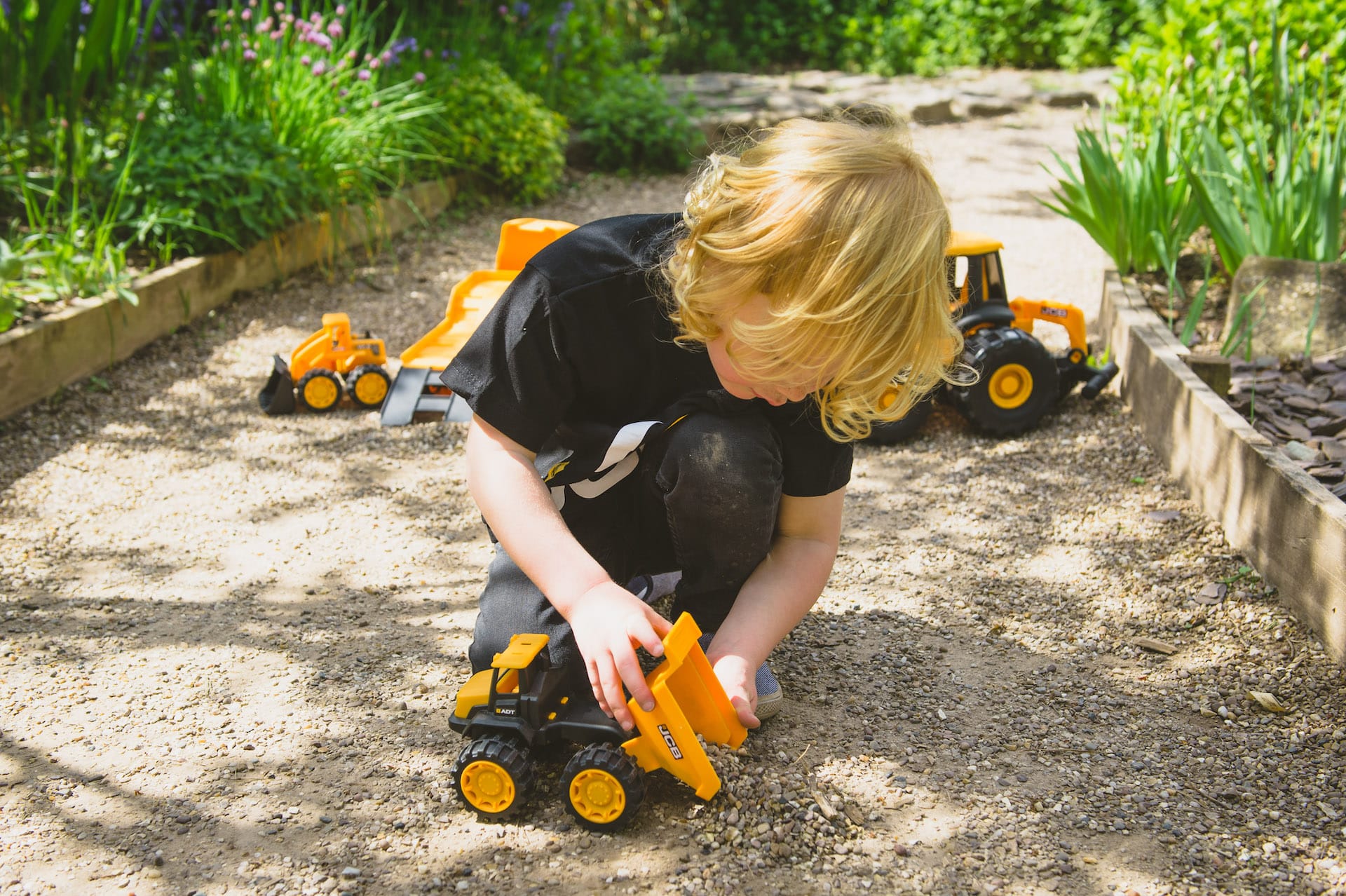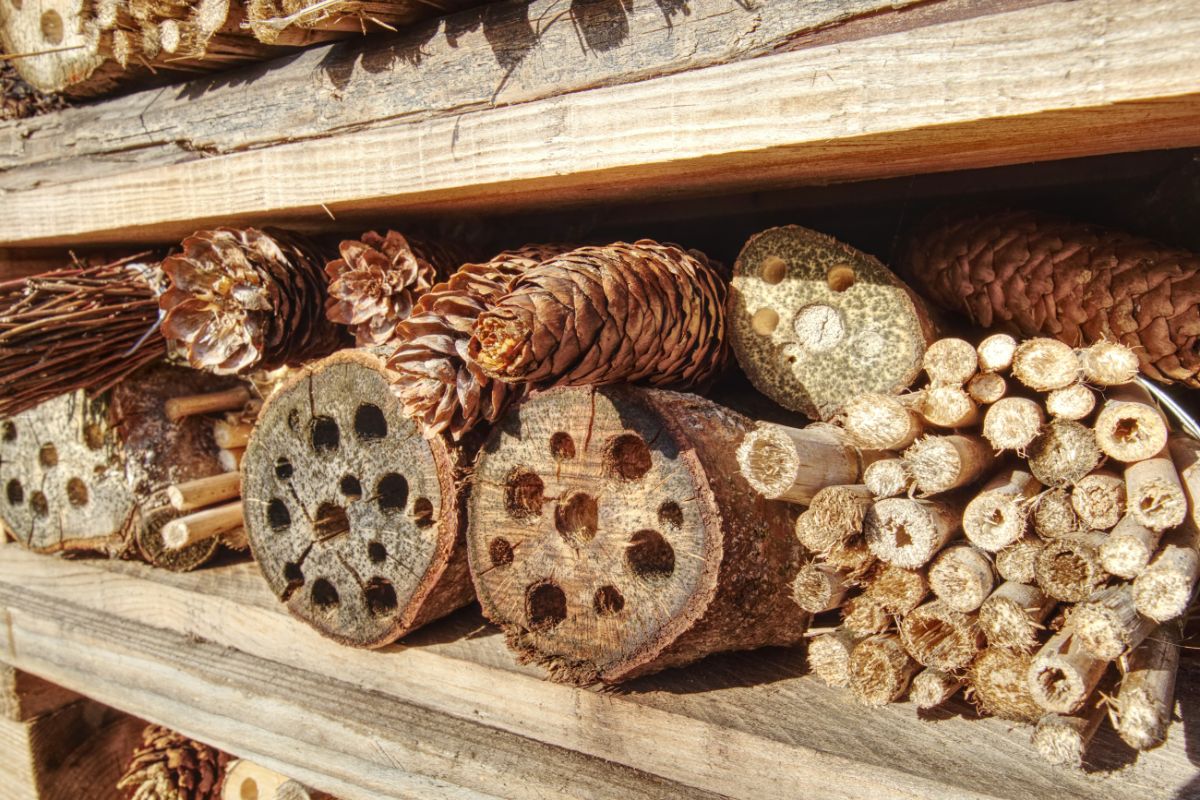If you’re looking for a fun, affordable, and creative activity that keeps kids engaged and away from screens, rock painting ticks all the boxes. Whether you’re crafting indoors on a rainy afternoon or getting messy in the garden on a sunny day, rock painting is an ideal project for children aged 4–11.
From smiley faces and animal designs to story stones and seasonal themes, there are endless rock painting ideas for kids that spark imagination, improve motor skills, and provide hours of entertainment.
Getting Started with Rock Painting
Before the paint comes out, you’ll want to gather your materials and prep your rocks.
What You’ll Need:
- Smooth, flat stones (garden centres, beaches, or parks – ethically collected)
- Acrylic paints or paint pens (non-toxic and child-safe)
- Paintbrushes in various sizes
- Water for cleaning brushes
- An old newspaper or a wipeable surface
- Optional: clear sealant to protect your designs
Rock Preparation Tips:
- Wash rocks with warm, soapy water and allow them to dry completely
- You can apply a white primer coat to make colours pop
- For younger children, set up a mess-proof area to help with cleanup
Now you’re ready to get creative.
Simple Rock Painting Ideas for Younger Kids (Ages 4-6)
For little ones just starting out, keep things bright, bold, and easy to paint. These simple rock painting ideas are perfect for tiny hands and growing imaginations:
- Smiley Faces: Paint yellow circles with cheerful expressions
- Ladybirds and Bees: Add spots and stripes to small, rounded stones
- Polka Dots and Rainbow Stripes: Great for practising brush control
- Paw Prints: Use finger painting techniques to stamp little paws
Encourage them to use their favourite colours and let their personalities shine through each design.
Fun and Creative Rock Art for Older Children (Ages 7–11)
Older children can take on more detailed designs and even turn their painted stones into storytelling tools. Here are some creative challenges to try:
- Cartoon Characters: Think of their favourite shows, books, or films
- Mini Landscapes: Sunsets, starry skies, or seaside scenes
- Mythical Creatures: Dragons, unicorns, fairies, or sea monsters
- Animal Portraits: Cats, dogs, owls, or jungle animals
You could even create a whole collection of themed rocks—perfect for display or giving as gifts.
Themed Rock Painting Projects
Adding a theme can make rock painting even more engaging, especially for group settings or seasonal crafts.
Ideas to Explore:
- Seasonal Sets:
- Spring flowers, summer suns, autumn leaves, winter snowflakes
- Spring flowers, summer suns, autumn leaves, winter snowflakes
- Holiday Rocks:
- Halloween pumpkins and ghosts, Christmas trees and snowmen, Easter eggs
- Halloween pumpkins and ghosts, Christmas trees and snowmen, Easter eggs
- Educational Sets:
- Alphabet rocks to practise phonics
- Numbers for counting games
- Emotion faces to talk about feelings
Themed rocks work well in schools and nurseries, especially when tied to a topic or learning outcome.
Rock Painting Games and Activities
Once your rocks are painted, the fun doesn’t stop there. Here are a few ways to turn your artwork into a game or group activity:
- Rock Hunts: Hide painted stones around your garden or local park for a treasure hunt
- Story Stones: Paint characters, settings, and objects—then use them to inspire made-up stories
- Rock Garden Trails: Lay out decorated rocks along a garden path or flower bed
- Swap and Share: Exchange rocks with friends, family, or classmates as handmade gifts
These activities help children see the value of their creations and encourage imaginative play.
Displaying and Sealing Painted Rocks
If you’d like your rocks to last, especially outdoors, consider sealing them with a child-safe clear acrylic spray or varnish. This protects the paint from fading or washing away.
Display Ideas:
- Line them up in window boxes or on shelves
- Place them around houseplants or flower pots
- Create a rainbow rock path or a “kindness rock” collection with positive messages
Encouraging kids to showcase their work gives them a sense of pride and might just inspire their next batch of designs.
Get Creative with JCB Explore
Whether you’re painting bugs, creating characters, or telling stories through stones, rock painting is one of the most versatile and enjoyable kids’ craft activities around. It’s budget-friendly, accessible, and encourages creativity in all forms.
With a bit of paint and a handful of pebbles, you can transform an ordinary afternoon into something colourful, calming, and full of imaginative fun. So gather your supplies and let the rock art begin!
Looking for more kids’ craft ideas or printable templates? Stay tuned to our blog for seasonal projects, family-friendly activities, and art inspiration all year round.







